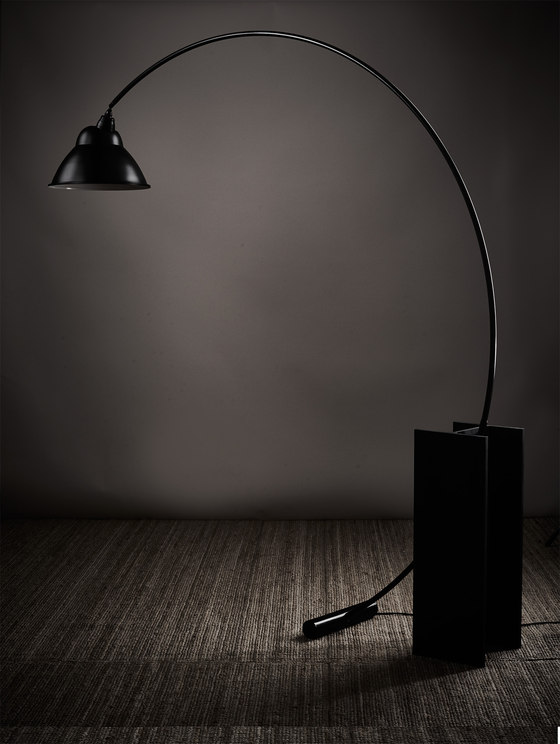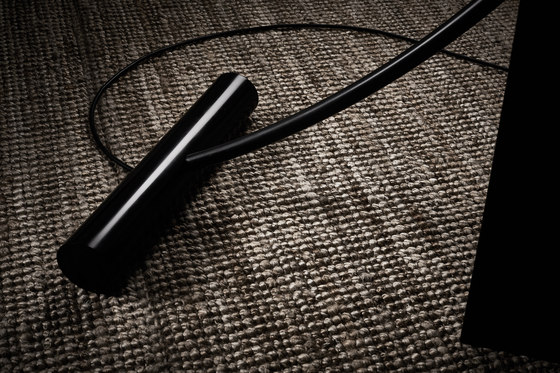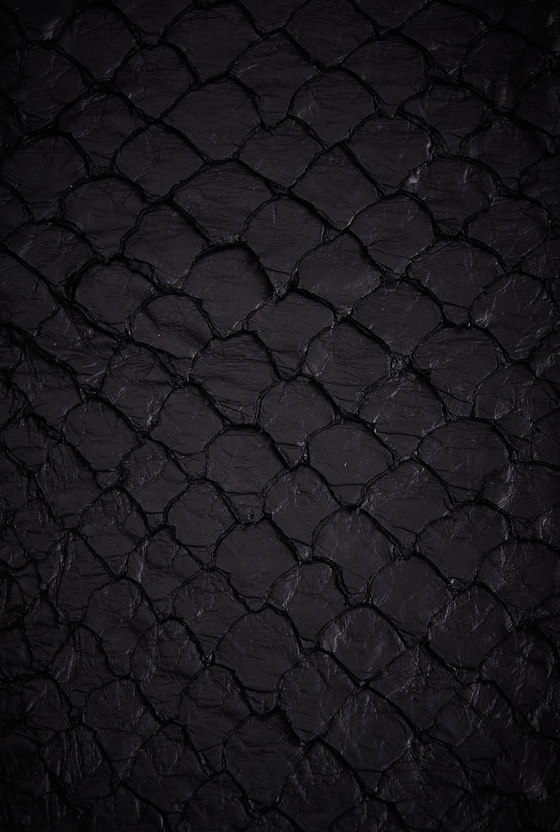Fordlandia was built in the wilderness of the Amazon by American industrialist Henry Ford in the late 1920’s to secure a supply of rubber for his car empire.
Ford set out to create his ideal American plantation complete with rows of houses, straight roads, schools and hospitals for his workers. A strict nine to five work schedule, uniforms and leisure activities such as regular square dances were enforced on the indigenous workers. However, these attempts to organise and tame the rainforest soon began to show cracks. As early as 1930, his labourers staged the first of many revolts against the strict behavioural controls imposed. Ford’s attempts to outwit the rubber tree’s natural predators also did not go as well as planned. Ultimately, Fordlandia was sold back to the Brazilian government in 1945 and left to decay.
This project by Studio Swine revives Fordlandia, imagining that the tropical ghost town continues to produce artefacts from natural rubber combining influences from both nature and automotive industry.
The collection draws strong inspiration from the tropical modernism movement of the 50’s Brazil with designers such as Niemeyer, Tenreiro and Rodrigues. As an alternative to using endangered hardwoods, the Fordlandia Collection is made of materials sustainably sourced from the Amazon rainforest; wild rubber, fish leather and palm leather.
Excerpt from the Fordlandia book by Studio Swine
We first heard about the American ghost town hidden in the depths of the Amazon rainforest when we were living in São Paulo in 2011, working on our Can City project. We have always been drawn to cultural crossovers and the idea of Fordlandia, where two seemingly opposite worlds were dramatically juxtaposed, became for us what murmurs of El Dorado were for the conquistadors. In Fordlandia, immaculate white weatherboarded houses and their American kitchens existed in the same vast forest which held uncontacted tribes and undiscovered species of flora and fauna. This social, cultural and agricultural experiment is what became the core inspiration of our project of the same name.
At the time we were immersed in the arts of the Tropical Modern masters such as Tenreiro, Rodrigues, Lina Bo Bardi, and numerous other designers from Rio and São Paulo, who used exotic woods from Brazil’s rich rainforests. The density and strength of the material allow for extreme curves and thin support sections, pushing the potential of the form-making in wooden furniture. Drawing influences from the European Modernism, as well as vernacular and colonial traditions, these designers drove the iconic aesthetics of Tropical Modernism, creating a Brazilian identity that still retains an elegance and boldness some 70 years later. It also spectacularly embodies the ideas of the Manifesto Antropofagico (Cannibal Manifesto): that Brazil’s great strength is in 'cannibalizing' other cultures, digesting them and producing something entirely new.
The Amazon has a particular place in popular imagination. It is hard to separate between the real place from the fantasy remembered from documentaries and films we see. Before going to the Amazon, we kept our eyes and minds open as we hoped to find a fresh perspective for the film and design collection. The Amazon we encountered projected a much deeper, darker mood; the apocalyptic scenes of forest fires along the road in the far western Amazon; the deserted factory with its hospital beds and bats; white river boats filled with swaying hammocks toing and froing on the river; vultures circling above the village church. It was not hard to imagine ourselves being transported back in time to the height of Fordlandia as most of the buildings and machinery still stand intact, quietly decaying in the shadows of the factory. These scenes reminded us of the literary genre of Southern Gothic novels set in the American Deep South where the glory of the past sits languidly decaying on the riverbanks of the Mississippi.
Rubber is the reason why Fordlandia existed, and it is the central theme of our project. Rubber is crucial to the history of the modern age and remains in high demand. As we researched deeper into the materiality of rubber we discovered a material called ebonite, a hardened rubber that has been vulcanised. It was widely used before the invention of Bakelite for objects such as bowling balls and telephone casings. This was exciting because ebonite has the hardness of teak and can be processed like wood. For designers, this opens up more possibilities than soft rubber on its own. We could revisit the dynamic forms of Tropical Modernist furniture with a sustainable forest product rather than endangered hardwoods.
Current ebonite production relies on plantation rubber from South East Asia. Instead, we wanted to create wild ebonite using rubber from the Amazon. We discovered the Wild Rubber project through WWF, which sets out the benefits of wild rubber and the different ways it is processed by forest communities. By connecting Amazonian rubber to the last remaining ebonite producers, we could raise the value of a product, help support rubber tapper communities and protecting the forest.
The Fordlandia exhibition project presents an alternate future where, after the invention of synthetic rubber, Fordlandia continued to produce domestic products from Amazonian rubber. The all-ebonite collection is inspired by natural forms such as the trees, roots and snakes, and industrial forms, such as the intricate customisation of exhaust pipes. The project celebrates rubber, the unsung hero of the modern industrial age, through the compelling narrative of the forgotten jungle city.
Studio Swine











